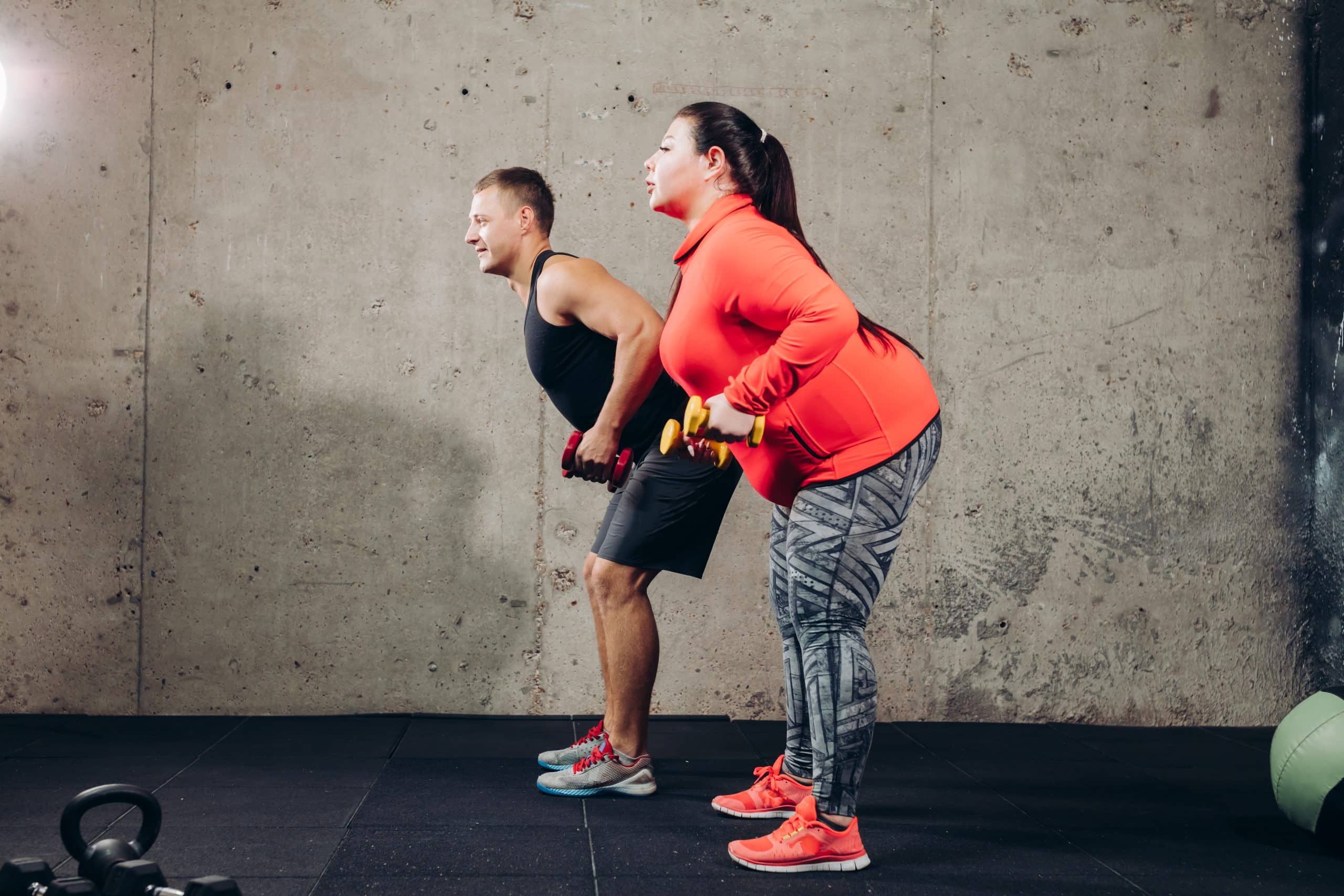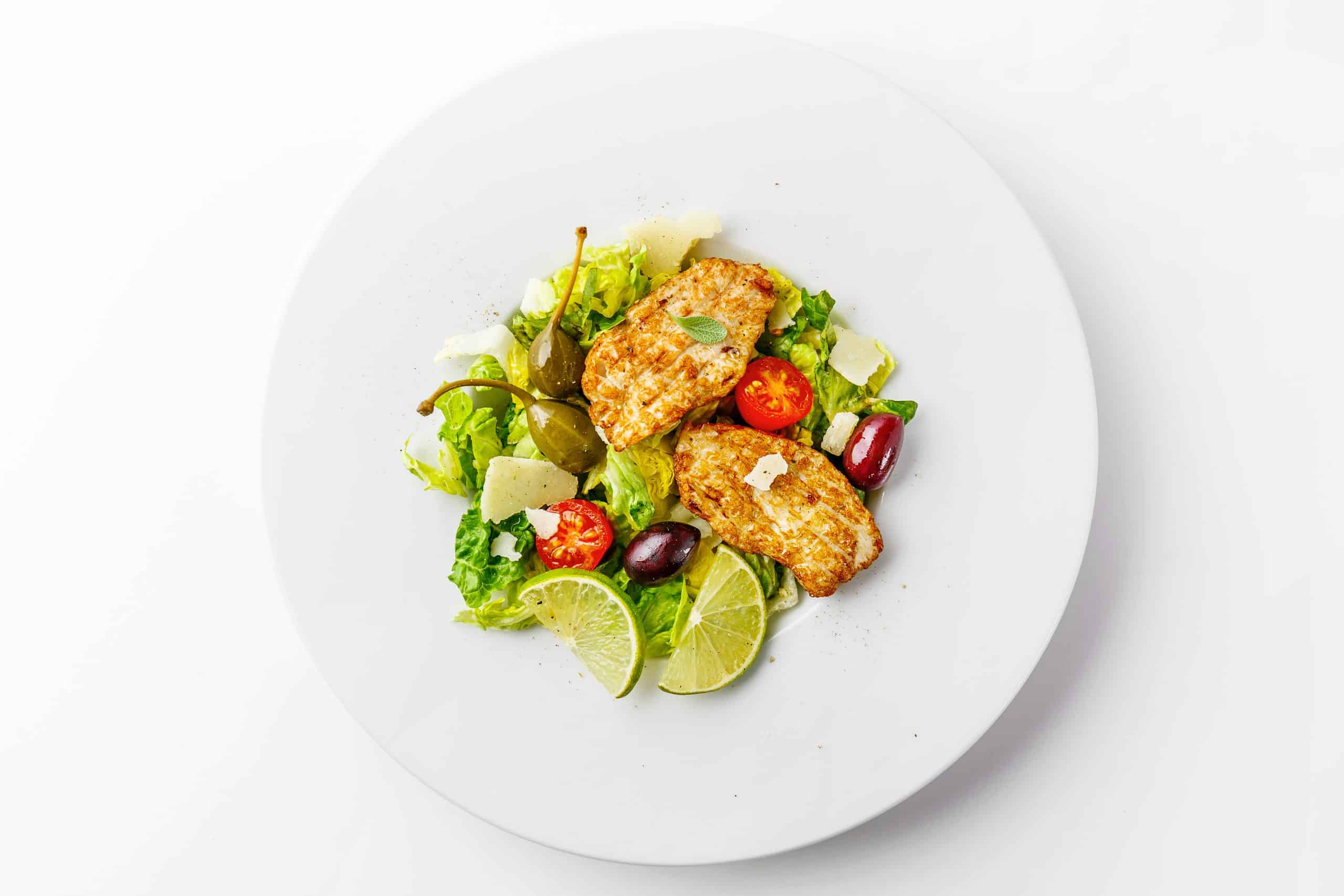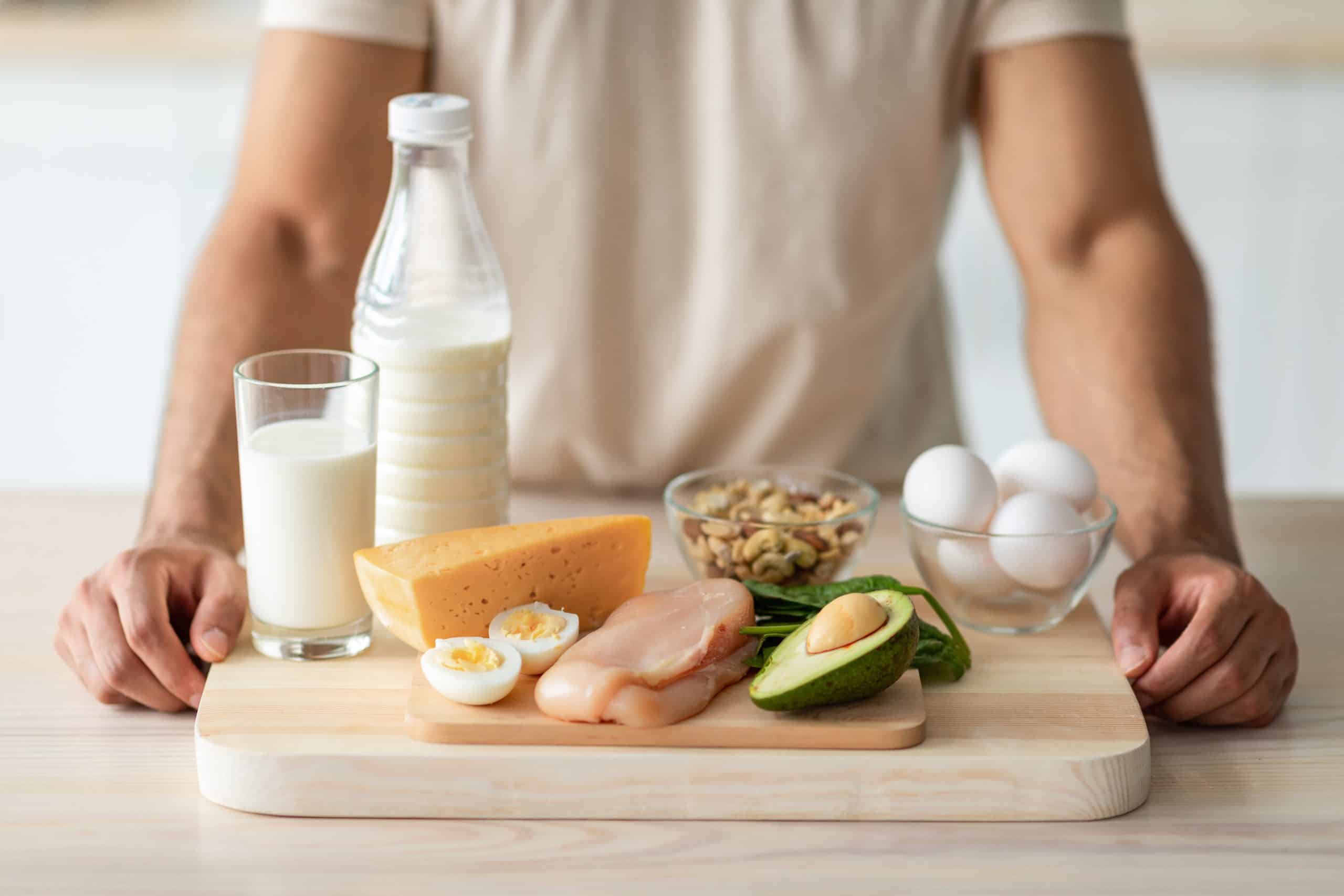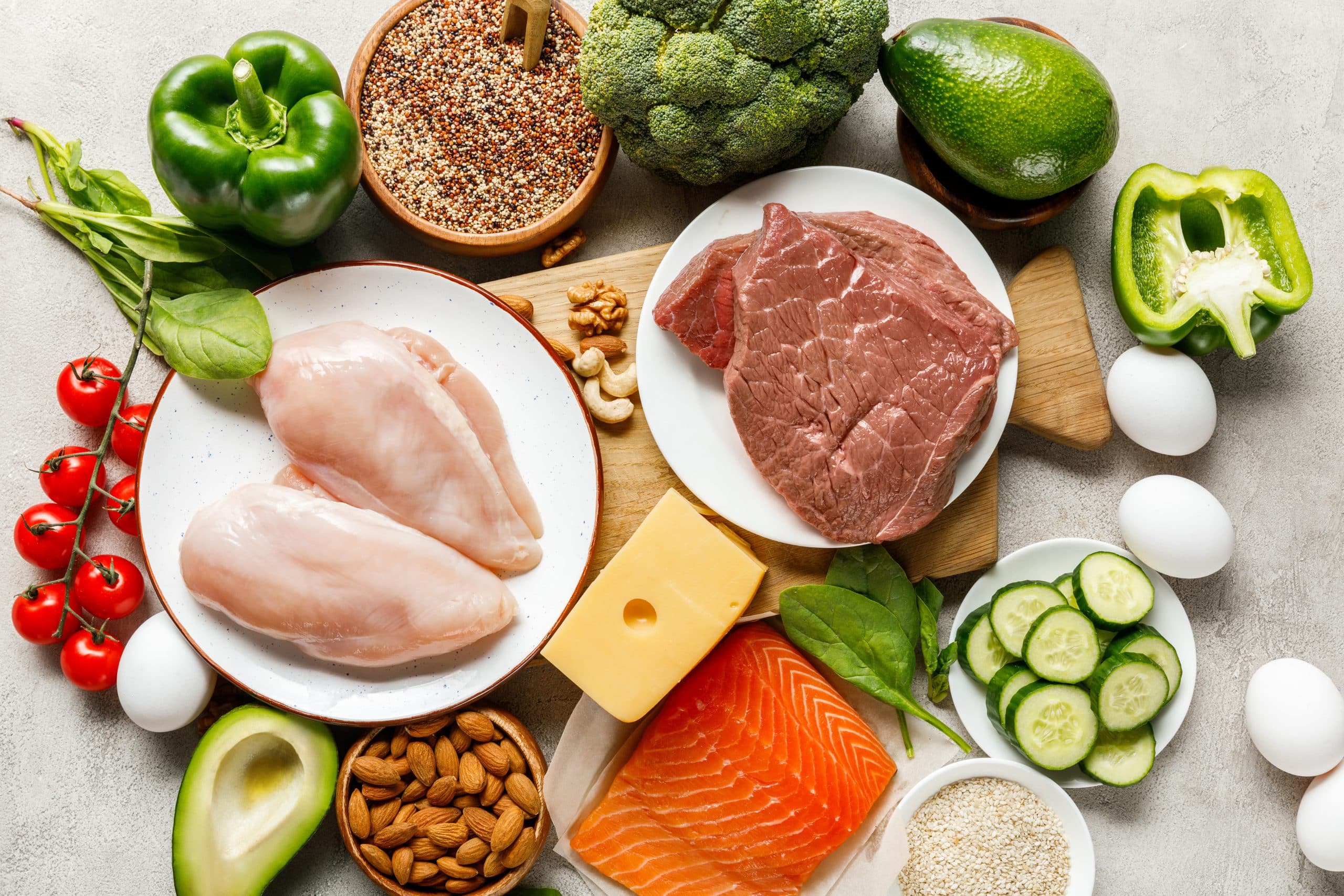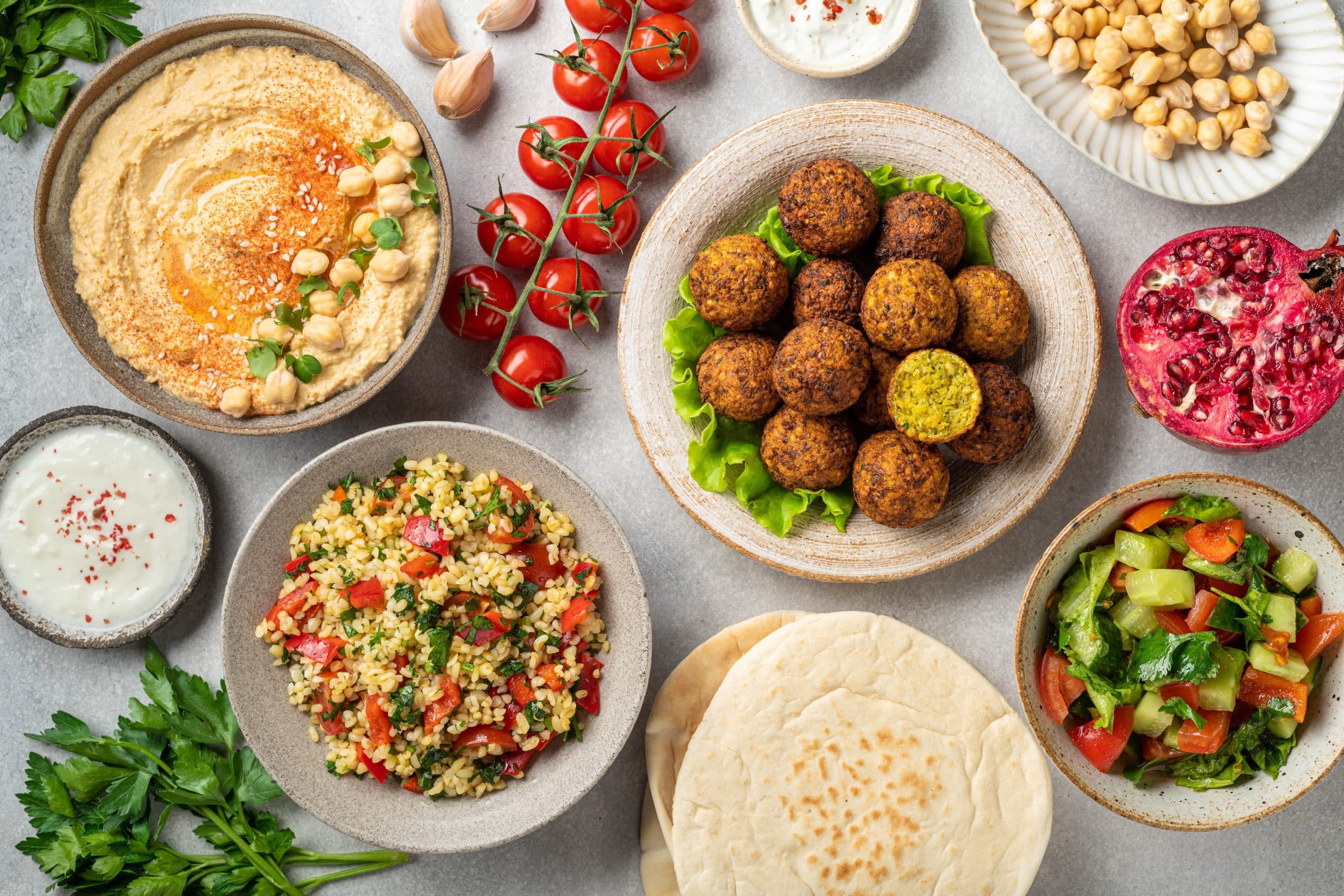How amazing would it be to wake up every day feeling strong, healthy and happy? And to look in the mirror and see a body that you’re proud of? How about to know that you’re not only looking good, but you’re also performing well in everything you do? If this sounds like something you want, then I have good news for you. It is possible to lose weight and gain muscle at the same time.In fact, it’s not only possible, but it’s actually the most effective way to build a healthy, strong and attractive body. This process is called “body recomposition” and in this guide, I’m going to show you how to do it.
Can You Lose Weight and Gain Muscle At The Same Time
Your weight comprises both muscle and fat. When people talk about losing weight, what they really mean is losing fat. Saying you can “lose weight and gain muscle at the same time” is a bit of a misnomer then. A better way to think about it is “losing fat and gaining muscle at the same time.” And this is perfectly possible to do.
For the purposes of this article, let’s use the terms “lose weight” and “lose fat” interchangeably.
To lose weight, you need to create a calorie deficit. This means that you need to burn more calories than you consume (3). You can do this by either reducing your calorie intake or increasing your calorie output (or both).
Reducing your calorie intake is pretty straightforward. You just need to eat less food. But, as you probably know, this can be difficult to do long-term. Aside from the fact that hunger is an unpleasant sensation, cutting calories can also lead to cravings and increased appetite.
Over time your body will adapt to the lower calorie intake by burning fewer calories. Then you hit a plateau and get frustrated.This is why most people who try to lose weight by dieting alone end up regaining all the weight (or even more) once they go back to their normal eating habits.
The other option is to increase your calorie output. And the best way to do this is by exercising. When you exercise, you burn calories. The more intense the exercise, the more calories you’ll burn.
This is why most people who want to lose weight focus on increasing their calorie output instead. This can be done by exercising more (8). Exercise not only burns calories, but it also helps to build muscle. So, when you exercise, you’re actually doing two things at once – losing fat and gaining muscle.
The process of losing fat and gaining muscle at the same time is known as “body recomposition”. And it’s actually backed by science.
From a scientific stand-point, your body has three options when it comes to handling the food you eat. It can either use it up for fuel to power your cells, use it to build muscle or store it for future use.
On a daily basis, a certain amount of the food you eat will be used for energy for basic functions such as keeping your heart beating and powering your brain. This is called your “basal metabolic rate” (2).
The rest of the food you eat will either be used to build muscle or stored as fat. The amount of muscle you have is determined by two things: your genetics and how much exercise you do. If you don’t exercise, you won’t build muscle (no matter how good your genes are).
The amount of fat you have is determined by three things: your genetics, how many calories you eat and how much exercise you do. If you eat more calories than your body needs for energy, the excess will be stored as fat.
Based on these factors, the approach that involves building muscle, reducing your calorie intake slightly and redirecting your body to get fuel from stored fat is what results in body composition.
Read More: Dancing Workouts To Lose Weight: Do They Really Work?
Steps To Take To Lose Weight And Gain Muscle
Now that we know how body recomposition works, let’s take a look at the steps you need to take to lose weight and gain muscle at the same time.
Determine Your Current Body Composition
When attempting a tricky feat like body composition, it’s always helpful to know where you’re starting from. This will give you a baseline to measure your progress and see how far you have to go. It will also yield information about your basal metabolic rate and how many calories you should be eating.
There are a few different ways to measure body composition. But, the most accurate way is to use a DEXA scan (1). This uses X-rays to measure your lean mass and fat mass.
If you don’t have access to a DEXA scan, you can also use skinfold calipers. This is a bit less accurate but it will still give you a good idea of your starting point.
Another option is to simply use a tape measure. This isn’t as accurate as the other methods but it’s free and easy to do. Simply measure your waist, hips, and thighs and calculate your body fat percentage using one of the formulas available online, from a reliable source.
Aim For A Slight Calorie Deficit
When most people think of calorie deficits, they think of extreme diets that involve cutting out entire food groups or eating next to nothing. But, this is not necessary (or healthy) when trying to lose weight and gain muscle.
In fact, eating too little during a body recomp will have the undesired effect of slowing down your metabolism and making it harder to gain muscle. You’ll certainly lose some weight, but it will be a mix of muscle and fat.
Furthermore, how will you power your workouts if you don’t have enough energy? Instead, you want to create a very small calorie deficit. This will be just enough to trigger weight loss but not so much that you start to lose muscle.
A good starting point is to reduce your calorie intake by 10-15%. This is usually only 200-300 calories for most people.
But, it’s important to individualize your calorie deficit based on your body composition, activity level, and goals. If you have a lot of weight to lose, you may need to start with a larger deficit of not more than 500 calories.
Whether you’re a workout beast or just a beginner making your first foray into the world of fitness and dieting – BetterMe has a lot to offer to both newbies and experts! Install the app and experience the versatility first-hand!
Trust The Process
Body recomps fall out of favor because they can take a long time to show results. You might not see the scale move for weeks or even months. And when it does, you might notice an upward trend followed by a plateau. There are several reasons why we encourage you to trust the process.
First, remember that muscle is denser than fat and takes up less space. Even if the scale doesn’t move, you might still be losing fat and gaining muscle. This is why it’s important to also measure your body fat percentage. If you see this going down, then you know you’re on the right track even if the scale isn’t moving.
Other measures of progress you can rely on are how your clothes fit, how you look in the mirror, and how you feel. If you feel stronger and have more energy, then you’re probably doing something right even if the numbers don’t show it yet.
Second, as you train more and get leaner, it becomes harder to progress in your recomp. That’s just how the human body works. The more you diet and exercise, the more your body adapts and the harder it becomes to make a significant change.
Don’t be discouraged if you feel like you’re stuck in a rut. It’s normal to plateau and even backslide a bit during a body recomp. Just make sure you’re still moving in the right direction overall. And, trust that the process will eventually work if you stick with it.
Eat A High-Protein Diet
No matter how much you exercise, you won’t be able to build muscle or lose fat without the right nutrition. And, when it comes to body recomps, nutrition is even more important. That’s because you’re essentially trying to do two things at once – lose fat and build muscle.
The key to success is to eat a high-protein diet. Protein is the most important nutrient for building muscle and losing fat for several reasons (4).
First, protein is necessary for muscle growth. When you exercise, you cause tiny tears in your muscle fibers. In order for these fibers to repair and grow back stronger, they need protein.
Second, protein helps you lose fat by keeping you full and satisfied. It takes your body longer to digest protein than carbs or fat, so it helps you feel full longer. This can help you avoid snacking between meals and overeating at mealtimes.
The amount of protein you need depends on your weight, goals, and activity level. A good starting point is to consume 0.7-1 grams of protein per pound of body weight. Spread this out over the course of the day by eating 20-30 grams of protein at each meal.
For example, a 140-pound woman would need 98-140 grams of protein per day. This would break down to about 30-45 grams of protein at each of her three daily meals.
Vegans and vegetarians will need to be especially careful to eat enough protein. This is because plant-based proteins are not as easily absorbed as animal-based proteins. So, you might need to consume a bit more protein than the average person to reach your goals.
Some of the best sources of protein for body recomps are lean meats, poultry, fish, eggs, dairy, tofu, legumes, and nuts.
Read More: Korean Diet To Lose Weight: How Effective And Sustainable Is It?
Consider Intermittent Fasting
Intermittent fasting (IF) is a popular dieting strategy that can help you lose fat and build muscle. It’s especially useful because it encourages metabolic flexibility (the ability of your body to switch between using carbs and fat for energy) (7). This is important because it allows your body to efficiently use both energy sources during a body recomp.
IF involves cycles of fasting and eating. The most common approach is the 16/8 method, which involves fasting for 16 hours and eating during an 8-hour window. For example, you might eat all your meals between noon and 8 PM.
Fasting for long periods of time can be difficult, more so when you have to exercise, so it’s important to find an IF protocol that works for you. If the 16/8 method is too much, start with a 14/10 protocol or even a 12/12 protocol. This means you would fast for 14 or 12 hours and eat during a 10- or 12-hour window.
You can also try the 5:2 method, which involves eating normally for five days per week and fasting for two. On fasting days, you would eat just 500-600 calories.
IF has other benefits besides increasing metabolic flexibility. It can also help reduce inflammation, improve brain health, and increase longevity.
Lift Weights Consistently
Weightlifting is the best way to build muscle. In addition to improving your appearance, muscle is metabolically active tissue, which means it helps you burn more calories at rest. The more muscle you have, the more calories you’ll burn all day long, even when you’re sleeping. This ties in with the goal of transforming your body composition.
Weightlifting also helps preserve muscle mass when you’re in a calorie deficit. When you cut calories, your body will naturally start to break down muscle for energy. However, if you continue lifting weights while dieting, you can minimize muscle loss and even build muscle.
To see results, you need to lift weights consistently. This means going to the gym at least three times per week and lifting progressively heavier weights over time.
If you’re new to weightlifting, start with full-body workouts that focus on compound exercises. These are exercises that work multiple muscle groups at once, such as squats, deadlifts, and presses.
As you get stronger, you can start splitting your workouts into upper- and lower-body days. Eventually, you can focus on specific muscle groups with isolated exercises.
Incorporate Cardio
Cardio is often seen as the enemy of body recomps. This is because too much cardio can lead to muscle loss. However, this only happens if you do too much or if you’re not eating enough calories or protein.
The key is to find the right balance of cardio and weightlifting for your goals. 30-45 minutes of moderate-intensity cardio three to four times per week is a good starting point.
In addition, burning calories and cardio will improve your cardiovascular health and reduce inflammation (5).
Dropping pounds by the dozens without putting yourself through the wringer is everyone’s weight loss pipe dream. But what if we told you that the BetterMe app can make that happen? Keep yourself in prime shape with our fat-blasting workouts, delicious budget-sparing recipes, and body-transforming challenges with our app!
Go Slow On High Intensity Interval Training
High-intensity interval training (HIIT) is a type of cardio that alternates between periods of high and low intensity. HIIT is a very effective way to burn fat, but it also puts a lot of stress on your body (6).
If you’re new to HIIT, start slow with just one or two sessions per week. As you get more accustomed to it, you can perform HIIT on nonconsecutive days when you’re well-rested.
Prioritize Rest And Recovery
Rest and recovery are just as important as exercise when it comes to body recomps. Without adequate rest, your body won’t be able to repair itself and grow stronger. This can lead to overtraining, which can sabotage your efforts.
To avoid overtraining, make sure you’re getting enough sleep and taking at least one day off from exercise per week. Additionally, consider adding an active recovery day into your week. This can be a light workout, such as walking or yoga, or simply spending time stretching.
The Bottom Line
Body recomposition is the process of losing fat and gaining muscle at the same time. To succeed, you need to eat in a calorie deficit, lift weights consistently, do cardio, and focus on rest and recovery. Start slowly and give yourself time to see results.
DISCLAIMER:
This article is intended for general informational purposes only and does not address individual circumstances. It is not a substitute for professional advice or help and should not be relied on to make decisions of any kind. Any action you take upon the information presented in this article is strictly at your own risk and responsibility!
SOURCES:
- Body Composition by DXA (2018, nih.gov)
- Basal metabolic rate: history, composition, regulation, and usefulness (2004, nih.gov)
- Counting calories: Get back to weight-loss basics (2022, nih.gov)
- Dietary Protein and Muscle Mass: Translating Science to Application and Health Benefit (2019, nih.gov)
- Effects of Exercise to Improve Cardiovascular Health (2019, nih.gov)
- High-Intensity Functional Training (HIFT): Definition and Research Implications for Improved Fitness (2018, nih.gov)
- Research on intermittent fasting shows health benefits (2020, nih.gov)
- Role of Physical Activity for Weight Loss and Weight Maintenance (2017, nih.gov)
